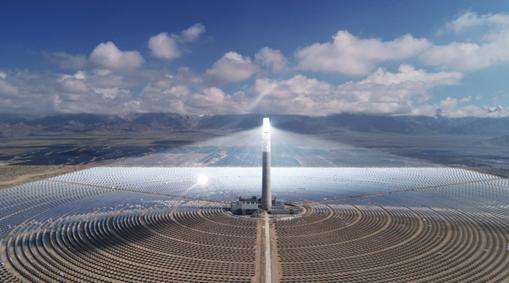Offshore wind farms mainly refer to offshore wind power with a water depth of around 10 meters. Compared with onshore wind farms, the main advantages of offshore wind farms are that they do not occupy land resources, are basically not affected by topography, have higher wind speeds, larger wind turbine capacity individual (3 to 5 MW) and higher annual hours of use. However, the construction of offshore wind farms is also technically difficult, and the construction cost is generally 2-3 times that of onshore wind farms. China is rich in offshore wind energy resources, and they are mainly distributed in southeastern coastal areas with developed economies, strong power grid structures, and a lack of conventional energy sources. The first national offshore wind farm, the prThe 100,000-kilowatt Shanghai Donghai Bridge wind farm project, has begun construction and is expected to be completed and put into operation in 2009. China's developable offshore wind resources are about 750 million kilowatts, three times that of onshore wind turbines. For example, the annual effective wind hours of Donghai Bridge Wind Farm exceed 8,000 hours, and the full load hours after it is put into operation can reach more than 2,600 hours. The efficiency of electricity generation is more than 30% higher than that of onshore wind power. farms.
What are the basic components of an offshore wind farm and how are they built?
Introduction What are the basic components of an offshore wind farm and how are they built? Offshore wind farms mainly refer to offshore wind power with a water depth of around 10 meters. Compared to onshore wind farms, the main advantages of offshore wind farms are














